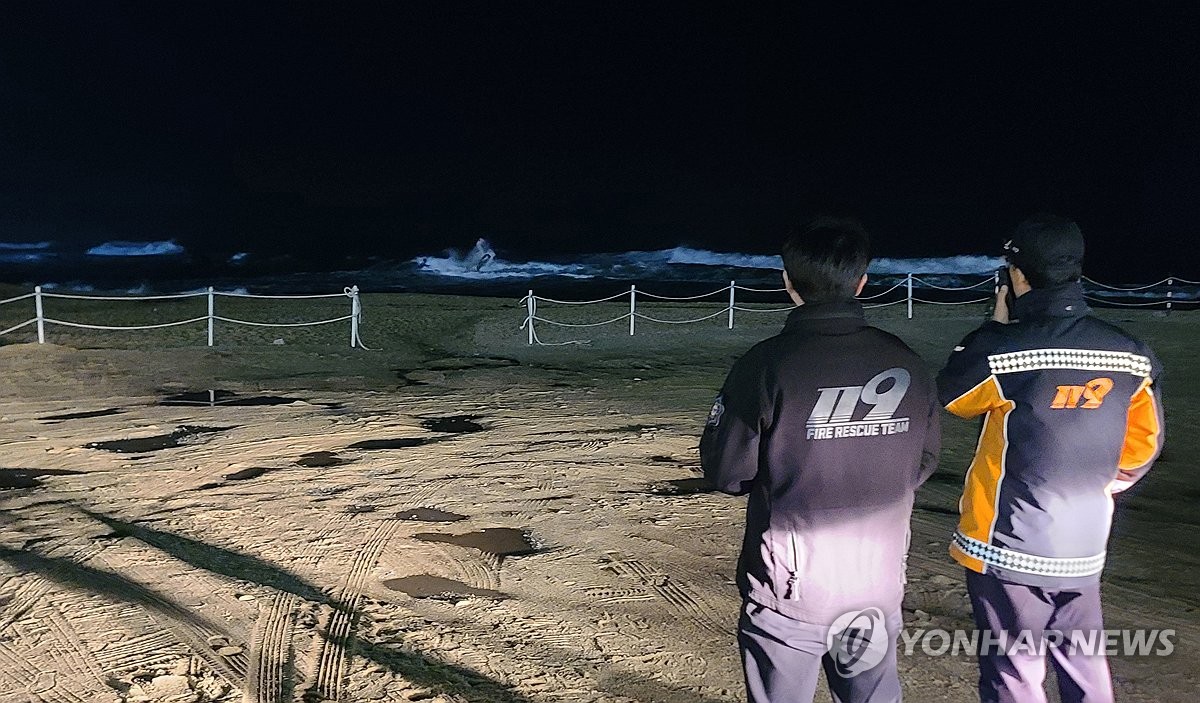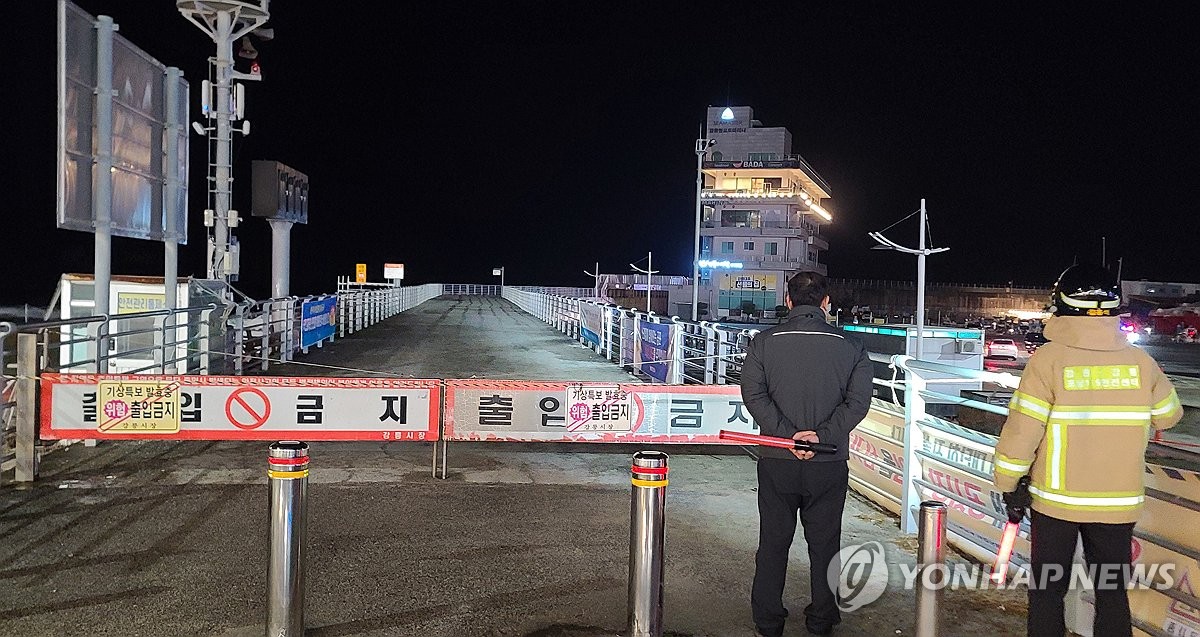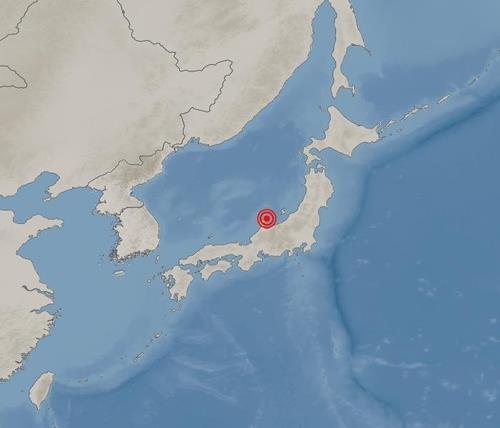- California Assembly OKs highest minimum wage in nation
- S. Korea unveils first graphic cigarette warnings
- US joins with South Korea, Japan in bid to deter North Korea
- LPGA golfer Chun In-gee finally back in action
- S. Korea won’t be top seed in final World Cup qualification round
- US men’s soccer misses 2nd straight Olympics
- US back on track in qualifying with 4-0 win over Guatemala
- High-intensity workout injuries spawn cottage industry
- CDC expands range of Zika mosquitoes into parts of Northeast
- Who knew? ‘The Walking Dead’ is helping families connect
Small tsunamis hit S. Korea after earthquake in Japan
South Korea reported small tsunamis in parts of the East Sea on Monday following a major earthquake off Japan’s west coast.
The Korea Meteorological Administration (KMA) said a 7.6 magnitude quake that struck Ishikawa and nearby prefectures around 4 p.m. caused minor tsunamis in waters off South Korea’s east coast province of Gangwon on Monday evening.

According to the KMA, a wave off the east coast city of Gangneung reached 20 centimeters at 6:01 p.m., while a wave seen off another coastal town of Donghae was measured at 45 centimeters at 6:05 p.m.
As of 8 p.m., a tsunami wave had hit 67 centimeters off Mukho, a district in Donghae. Earlier in the day, the KMA had estimated that the maximum vertical height of the tsunami waves in the region would stay below 50 centimeters — a level that will prompt a tsunami warning. The KMA also said even waves at 20 to 30 centimeters can still cause damage.
The KMA noted that the height of a tsunami could jump to a more dangerous level depending on the ebb and flow of the tide, and that tsunamis may affect Gangwon for more than 24 hours.

Earlier in the day, Gangwon sent tsunami warnings via text messages to residents in six cities and counties by the ocean, urging people near coastal areas to evacuate to higher ground.
The local maritime police forces said they were keeping close tabs on the developing situation, while noting there was no report of damage by early Monday evening.
Gangwon provincial meteorological authorities issued a warning for high waves in waters off coastal towns, with the wind measured at up to 16 meters per second.
They added low-lying coastal areas could remain vulnerable to high waves throughout Monday night and into the early hours of Tuesday.
Following the quake, the Japan Meteorological Agency issued a major tsunami warning for Ishikawa and lower-level tsunami warnings or advisories for the rest of the northwestern coast of the island of Honshu.
Japanese media said torrents of water could reach 5 meters in height, though there were no immediate reports of damage.
South Korea’s foreign ministry said it had not yet received any report of injury or damage for South Korean nationals in Japan as of Monday evening. It said the South Korean Consulate General in Niigata, which also oversees Ishikawa, will continue to monitor the situation and offer whatever assistance South Korean people may need in the wake of the quake.
The foreign ministry said an estimated 1,200 South Koreans reside in Ishikawa Prefecture and another 800 in the adjacent Toyama Prefecture.









![일본 사도광산 [서경덕 교수 제공. 재판매 및 DB 금지]](http://www.koreatimesus.com/wp-content/uploads/2024/07/PYH2024072610800050400_P4-copy-120x134.jpg)


